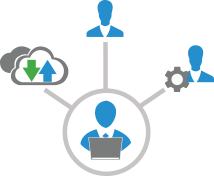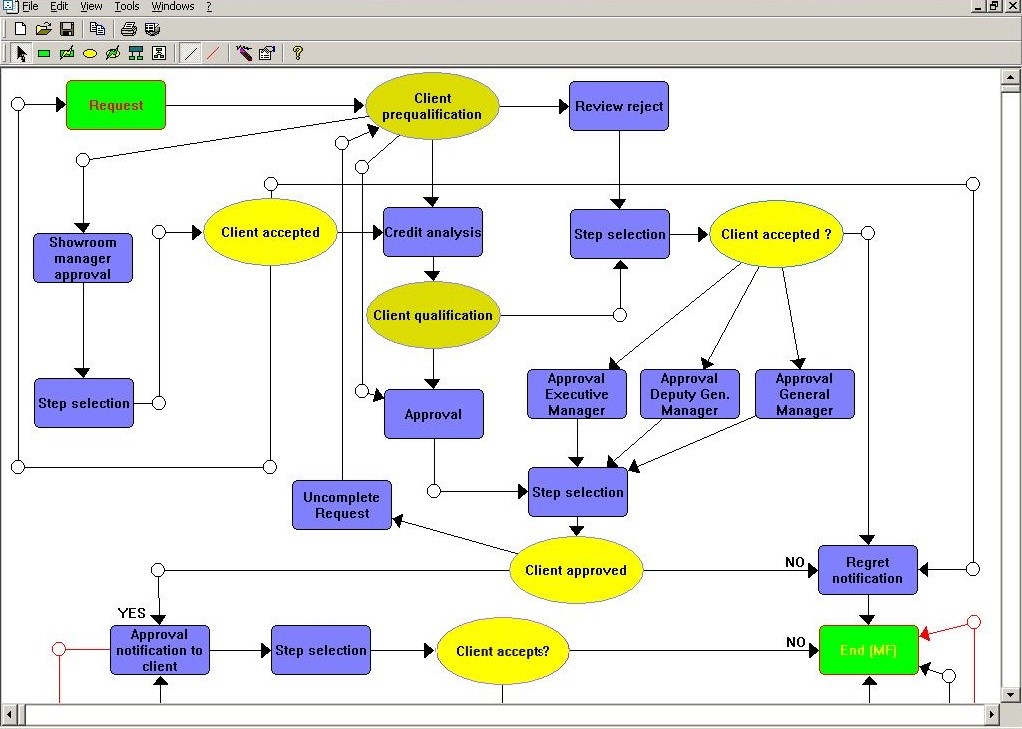 BPM tools are designed to automate business processes in order to optimize the work of companies. Bpm’online tools have proven to be very helpful in all the key areas of business process management. BPM and CRM software complement each other greatly when it comes to businesses that strive to integrate their operations into a single process, at the same time striving for becoming more effective in their interactions with customers.
BPM tools are designed to automate business processes in order to optimize the work of companies. Bpm’online tools have proven to be very helpful in all the key areas of business process management. BPM and CRM software complement each other greatly when it comes to businesses that strive to integrate their operations into a single process, at the same time striving for becoming more effective in their interactions with customers.
CRM tools
CRM (customer relationship management) is an approach to managing all your company’s interactions with existing and potential clients. CRM tools can be part of BPM system helping businesses enhance their work with customers. Bpmonline CRM is a must-have product designed to connect service, sales, and marketing.
CRM software provides tools to manage complete customer experience: from lead to order and further – to repeat sales. CRM system is supported by a robust BPM platform. It is easy to change processes using that type of platform. BPM tools provide the agility to test, modify, and improve processes in order to stay alert in ever-changing business environment. Please, visit https://www.bpmonline.com/marketing/business-process-management for more details.
BPM platforms
Business process management platforms are used for designing, deployment, and managing of companies’ most crucial business processes. BPM platforms include some of the following features: document and decision management tools, monitoring of metrics and business activity, system integration portals and tools, mobility support, and others.
BPM platforms make process modeling easier and faster since they have tools for advanced task assignment. They support process execution sticking to the pace of your business. Business processes can be monitored on demand at any point of execution.
BPM designer

BPM designer is basically a graphic tool that shows the operational sequence of the business’ process flows, it is used to adapt and optimize the models that were created in accordance with the requirements of the company. It also helps to produce all the support documentation.
BPM designers have some of the following functions:
- Design business processes using templates provided in the user interface
- Define resources and workers for each new process
- Assign resources and appropriate workers to processes
- Define the flow of information for newly created processes
- Provide configuration and run simulation in order to analyze the use of resources and the work of performers
- Help generate rules for each step of business processes
- BPM designers enable you to save newly developed processes to servers or to PCs
- And other functions.
Customer-oriented CRM
CRM software is an integral part of bpm’online platform designed to boost your customer-targeted activities. When it comes to interactions with your clients, your business may be just above the average or can be at the top of the industry. Customer relationship solutions are developed to give your company excellence in the following areas:
- Dealing with socio-demographic data
- Providing the history of customers’ events
- Knowing customers’ preferences and needs
- Data enrichment
- Profile completeness
- Database analytics
The purpose of CRM tools is bridging gaps between the company and its customers. It allows better knowledge of your customers through the use of thought-through interface and tools. When marketing departments understand tastes and preferences of their clients better, they have more sales. Also, the system makes it possible to store the history of orders and quotes, and also that of website browsing, which results in building personalized marketing strategies.
Intelligent software
CRM data can be managed faster and with less effort through the use of automatic data enrichment tools. CRM tools as part of business process management software can quickly identify social media profiles, phone numbers, and email addresses regarding customers using open sources. Moreover, customer database can be analyzed more efficiently with the help of analytics.
BPM software allows for accurate and up-to-date visualization of customers’ data. It has functions that allow tracking of any changes in clients’ interests and preferences. At the same time, it enables for matching of customers’ needs with corresponding services or products.
